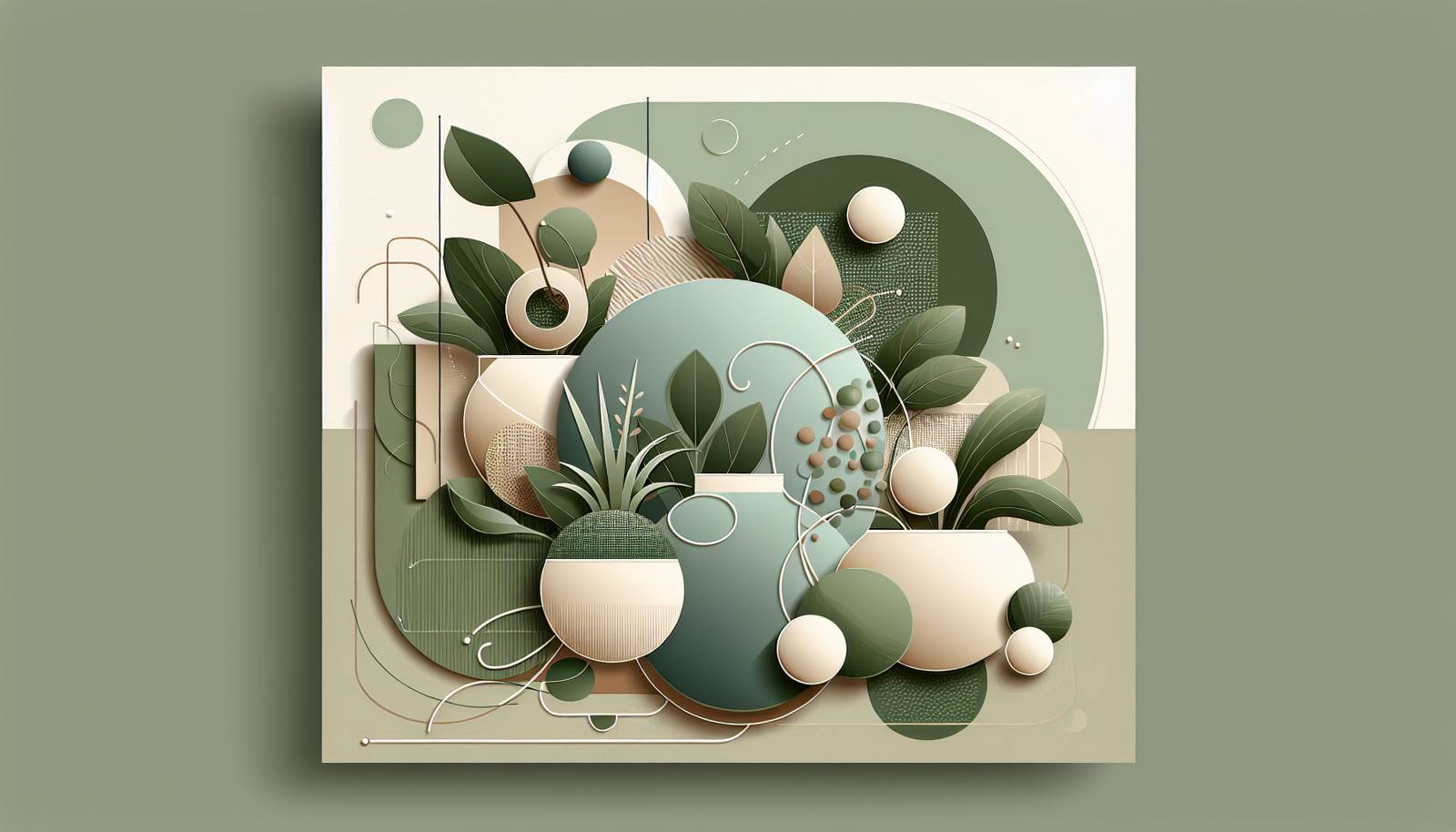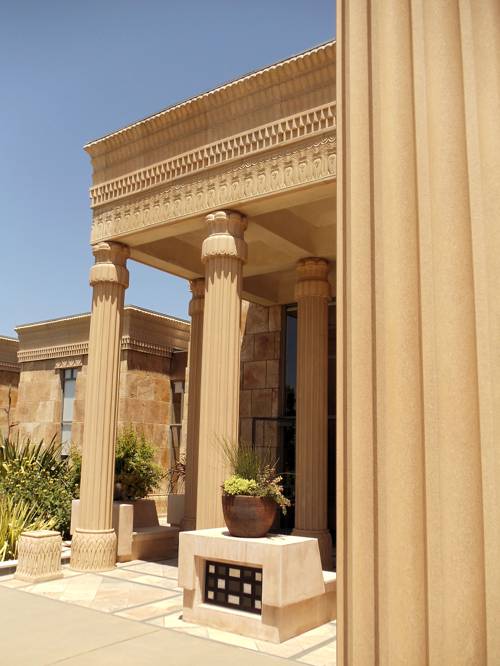
FAQ About Innovations in Indoor Plant Containers

What are smart pots and how do they benefit indoor plants?
Smart pots are innovative containers equipped with technology to monitor and improve the growing conditions for indoor plants. They can feature sensors that track moisture levels, temperature, and even light exposure, sending data to your smartphone. This allows for optimal watering schedules and adjustments to environmental conditions, leading to healthier plant growth.

How do self-watering plant containers work?
Self-watering plant containers have a built-in reservoir at the bottom. Water is gradually drawn up through the soil to the plant's roots using a wick or capillary action. This ensures consistent moisture supply, reducing the risk of over or under-watering, and is especially beneficial for those who may forget regular watering tasks.

What eco-friendly options are available for indoor plant containers?
Eco-friendly plant containers are made from sustainable materials like bamboo, recycled plastics, or biodegradable substances. These containers reduce environmental impact and often incorporate natural fibers or organic substances to support sustainable practices. Some brands even offer plant pots that can break down harmlessly in the soil over time.

Can smart pots connect to smart home systems?
Yes, many smart pots are designed to integrate with existing smart home ecosystems. They can connect via Wi-Fi or Bluetooth to devices like Amazon Alexa or Google Home, allowing you to receive plant care notifications and control automated watering systems through voice commands and apps.

What are the benefits of using self-watering containers indoors?
Self-watering containers offer several benefits, including reduced maintenance, lowering the chance of overwatering, and ensuring plants have a consistent moisture supply. They are ideal for busy individuals or those new to indoor gardening, providing a more carefree plant-care experience.

Are there any downsides to using smart plant pots?
While smart plant pots provide valuable data and automation, they can be expensive compared to traditional pots. Additionally, reliance on technology means they might require occasional updates or troubleshooting. Some gardeners may also find them less hands-on, missing the traditional plant care experience.

How do eco-friendly plant containers compare to traditional ones in terms of durability?
Eco-friendly plant containers can vary in durability based on materials used. Those made from recycled plastics or sturdy bamboo can be quite durable, often comparable to traditional plastic pots. However, biodegradable containers may break down quicker, which is great for the environment but can mean they need replacing sooner.

What should I consider when buying a self-watering container?
When purchasing a self-watering container, consider the size and type of plants you are growing, ensuring there is enough space for root growth. Check the reservoir size to match your plant's water needs, and look for indicators or transparent sections that show water levels to prevent overfilling.

Are there smart pots that can help with specific plant types, like succulents or orchids?
Yes, some smart pots are designed with specific plant types in mind. For instance, smart pots for succulents may offer particular soil moisture level settings, while those for orchids can provide optimal aeration or humidity levels. These settings help cater to the unique needs of various plant species.

Do self-watering plant containers need special soil?
Self-watering plant containers generally work best with lightweight potting mixes that facilitate efficient water movement. Such soils often contain components like perlite or vermiculite that improve aeration and help roots access water easily, maximizing the effectiveness of the self-watering system.

What innovative design features are available in modern indoor plant containers?
Modern indoor plant containers offer a variety of innovative features, such as modular systems for customizable displays, integrated lighting for better growth conditions, and aesthetic designs that blend seamlessly with home decor. Some also include detachable components for easy cleaning or modification.

How can I maintain a smart plant pot?
Maintaining a smart plant pot involves keeping its sensors clean and ensuring any software updates are applied. Regularly check the system's battery or charging status, especially if it is wireless, and verify that any connected apps are functioning correctly for optimal data reception and analysis.

What are some cost-effective alternatives to high-tech plant containers?
If you're looking for alternatives to high-tech plant containers, consider creating your own self-watering systems using simple materials like two-part pots with wicks. Recycled containers or DIY plant holders from natural materials can also serve as eco-friendly options without the additional features of smart technology.

Do eco-friendly plant containers affect plant growth?
Eco-friendly plant containers generally do not negatively affect plant growth. In fact, the materials used, such as breathable bamboo or coconut fiber, can enhance aeration and drainage, promoting healthier root systems. However, it's important to choose containers appropriate for the plant's requirements.

Are there any maintenance tips for self-watering containers?
To maintain a self-watering container, regularly clean both the reservoir and pot to prevent algae or mold growth. Monitor the water level to ensure the reservoir is neither too empty nor overfilled. Occasionally refresh the soil to prevent compacting, which can hinder water movement.

Can smart pots help save water?
Yes, smart pots can help conserve water by optimizing watering schedules based on real-time data about soil moisture and environmental conditions. They minimize overwatering by only dispensing water when needed, which can lead to significant water savings, especially with larger collections of plants.

What role does technology play in innovations in indoor plant containers?
Technology plays a significant role in innovating indoor plant containers through advancements like smart sensors, mobile app connectivity, and automation. These innovations provide precise control over environmental factors such as water, light, and soil condition, improving plant health and reducing maintenance effort.

What types of plants are best suited for eco-friendly containers?
Eco-friendly containers can accommodate a wide range of plants, but they are particularly suitable for species that prefer breathable materials, such as ferns or certain types of perennials. Plants that do not require heavy watering can also thrive in biodegradable containers that offer natural drainage.

How have aesthetic trends influenced indoor plant container designs?
Aesthetic trends have greatly influenced indoor plant container designs, with a shift towards minimalist and modular styles that fit modern home decor. There is also a growing demand for containers that double as art pieces or that incorporate traditional craftsmanship, such as terracotta or hand-woven designs.

What are some common misconceptions about smart plant pots?
One common misconception is that smart plant pots completely automate plant care. While they provide valuable insights and notifications, they still require human oversight for tasks like refilling water reservoirs or adjusting environmental settings. Another misconception is that they are difficult to use, while many are designed with user-friendly interfaces for all skill levels.
